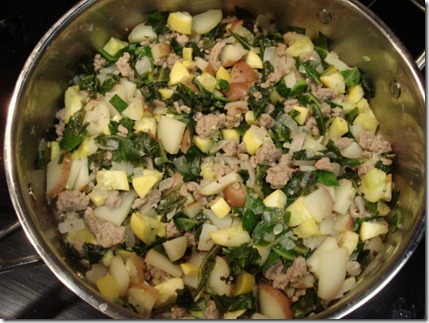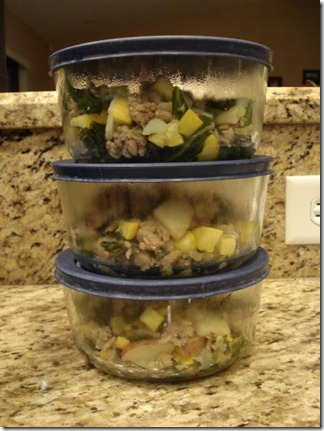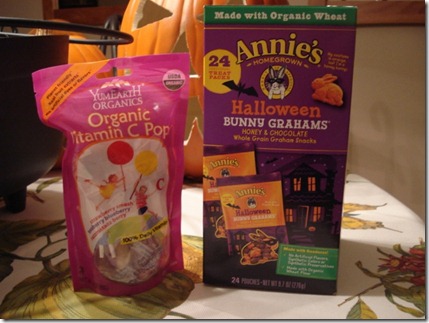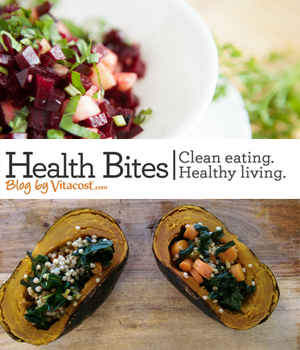Sunday night means a little bit of prep for the week ahead can go a long way and save you time when you need it the most. Here is a simple one pot dish that can be packed for lunches. This one features ground turkey with onions, red potatoes, summer squash, and bok choy.
Set your stove top to medium heat and add 1/2 pound of ground turkey to your stainless steel saute pan. Use a wooden spoon to break up the turkey while it’s browning. Chop up your onion and red potatoes and add while the meat is cooking since it takes a while to cook. Drain excess grease from pan if needed. Push meat to one side, tip pan and use paper towels to soak up excess fat. Fat is very hot, so use caution.
*Short cut tip, cut up your potatoes, put into a glass bowl, cover and microwave for 2-3 minutes. This saves in cooking time on the stove top.
Add cut-up potatoes, summer squash, and bok choy once turkey is fully cooked. Season with fresh ground sea salt (Himalayan pink sea salt is the best!), fresh ground black pepper, oregano, basil, anything you like. Turmeric is great too!

Cook until veggies softened to your personal preference.
Remove from heat, cover and cool about 30 minutes. Measure out equal portions and put into glass containers to grab and take to work.
These are delicious for lunch and great to pair with baby carrots, watermelon slices, or berries. This lunch is not huge so enjoy an afternoon snack about 3 hours later. Try pumpkin seeds with an apple, plain Greek yogurt with walnuts and local honey, or mashed avocado with crunchy celery.

Full Recipe:
Ingredients:
1/2 pound ground turkey
1 small onion, chopped
3 small red potatoes, washed and cubed
2 summer squash, washed and cubed
1 pound bok choy, washed and chopped
Spices to taste: sea salt, black pepper, oregano, basil
Method:
1. Heat a 3-inch deep sauté pan to medium heat. Add ground turkey and onion.
2. Break up turkey with back on a wooden spoon.
3. Drain fat from pan by pushing turkey and onion to one side, use paper towels to soak up fat and discard paper towels. Use caution, fat is extremely hot.
4. Place red potatoes in a small glass or ceramic bowl, cover and microwave for 2-3 minutes. This is to save cooking time.
5. When turkey is fully cooked and onion is starting to soften, add red potatoes, summer squash, and bok choy.
6. Cook until veggies are softened to your preference. Add spices to taste, fresh ground sea salt, ground black pepper, dried oregano and basil, even turmeric is great!
7. Remove from heat, cover and let cool for 30 minutes. Set a timer as a reminder.
8. Divide equal portions of food into glass containers for lunches.
9. Store in fridge, then grab and go in the morning!
![]() !
!![]()






